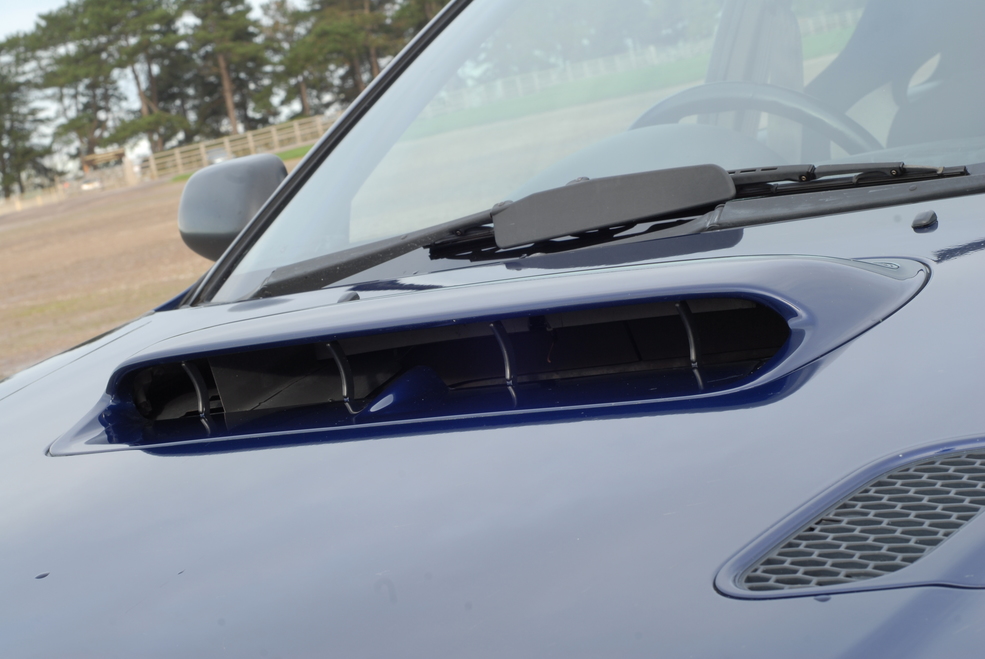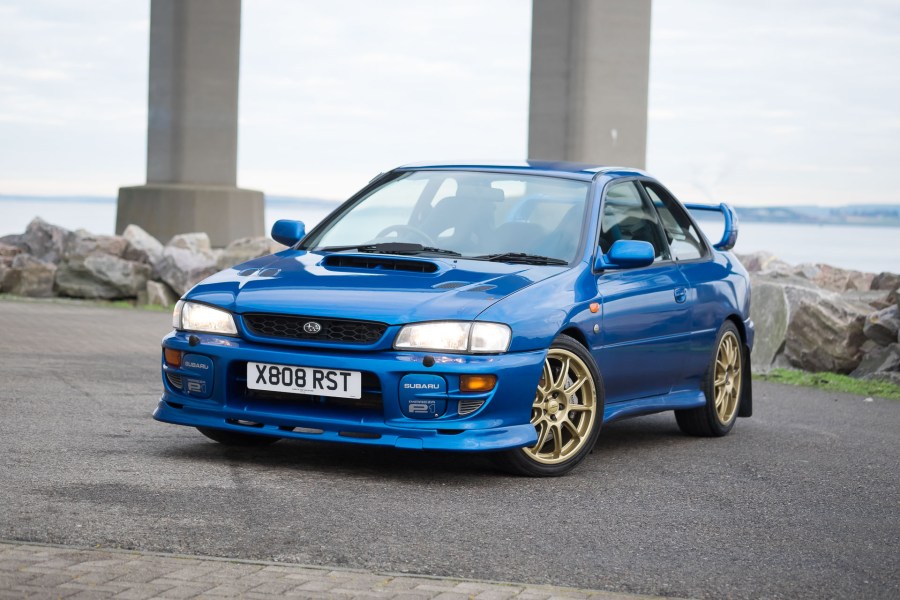From humble beginnings, we take a look at how the series one Impreza came about and what subsequent models were built during its lifespan.
Subaru – or rather, Fuji Heavy Industries – had already been in the car business for some time when the Impreza was launched, having become established as a car producer in 1958. Starting out with microcars, Subaru eventually entered the mainstream and its first model to be sold in any numbers here in the UK was the Leone. An unremarkable-looking car it was in fact pretty novel, running a water-cooled flat-four engine and optionally available with four-wheel drive.
Subaru remained a niche player in the UK with its four-wheel drive saloons and the ‘Brat’ pick-up, but when the bigger Legacy arrived it found a ready market among country types who wanted a multi-purpose 4×4 vehicle without the cost or image of the Range Rover.
When British firm Prodrive was enlisted to make the Legacy a contender on the world rallying circuit, people started to take notice. Its 290 bhp turbocharged flat-four and all-wheel drive made it a kind of latter-day Quattro and Subaru soon started to shed its workhouse image in favour of motorsport glamour.
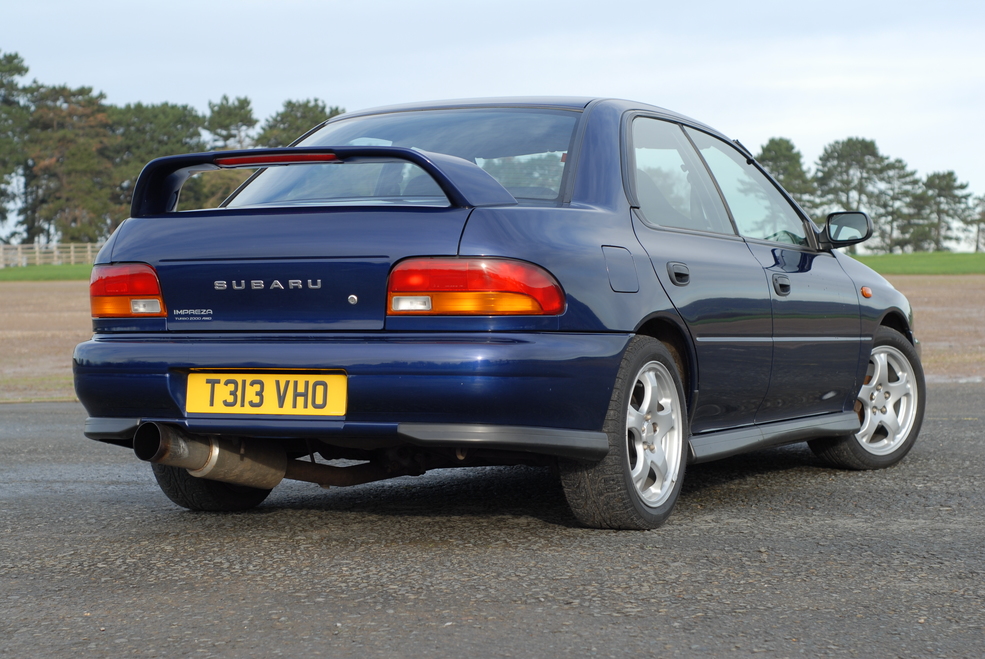
In 1993 the Legacy was joined by the smaller Impreza, known internally as the ‘GC8’ and boasting more modern, softer styling but retaining the four-cam EJ20 boxer engine with permanent four-wheel drive.
As with the Legacy, the Impreza found favour with those wanting a 4×4 workhorse, but when the turbocharged engine was added to the mix, Subaru had a hit on its hands. The addition of the unusual-looking estate to the range made it even more practical.
Launched in Japan with the WRX badge, the turbocharged Impreza was good for 240 bhp, with official UK sales beginning in late 1994. To conform to UK regulations, the engine was retuned to 208 bhp and the car was badged as Impreza 2000 Turbo AWD. This coincided neatly with Ford’s decision to pull out of the performance saloon market and many Sapphire and Escort Cosworth owners soon defected to a blue oval of a different kind.
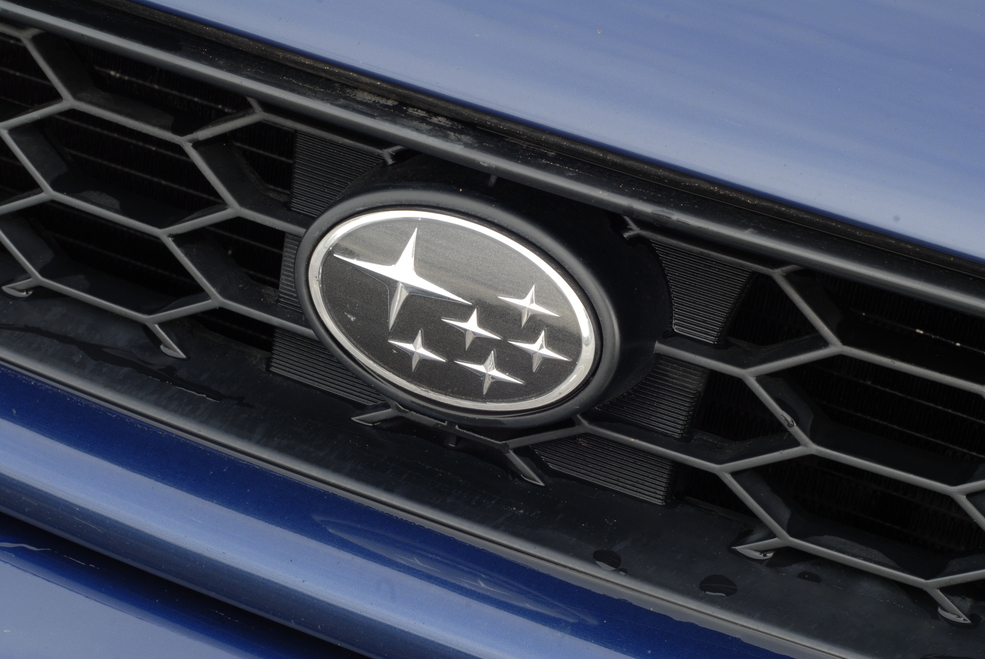
The world of special edition Imprezas is a minefield so we’ll concentrate here on the official UK-market models rather than the grey imports. The first of these was the 200-off Series McRae created by Prodrive in 1995 just in time for Colin to take the WRC title and boasting 16-inch Speedline wheels, Recaro seats and special Mica Blue paint. In 1996 the Sport was launched in the UK, featuring similar styling to the Turbo but with the normally-aspirated 2-litre and 4×4 but no bonnet scoop.
Another special edition for 1997 was the Catalunya – named after the rally of course – another Prodrive-prepared 200-off edition in Mican Black with carbon-effect dash and air conditioning,
Engines were revised for 1997 and the Japanese domestic market cars now boasted up to 280 bhp, but the standard UK spec remained 208 bhp.
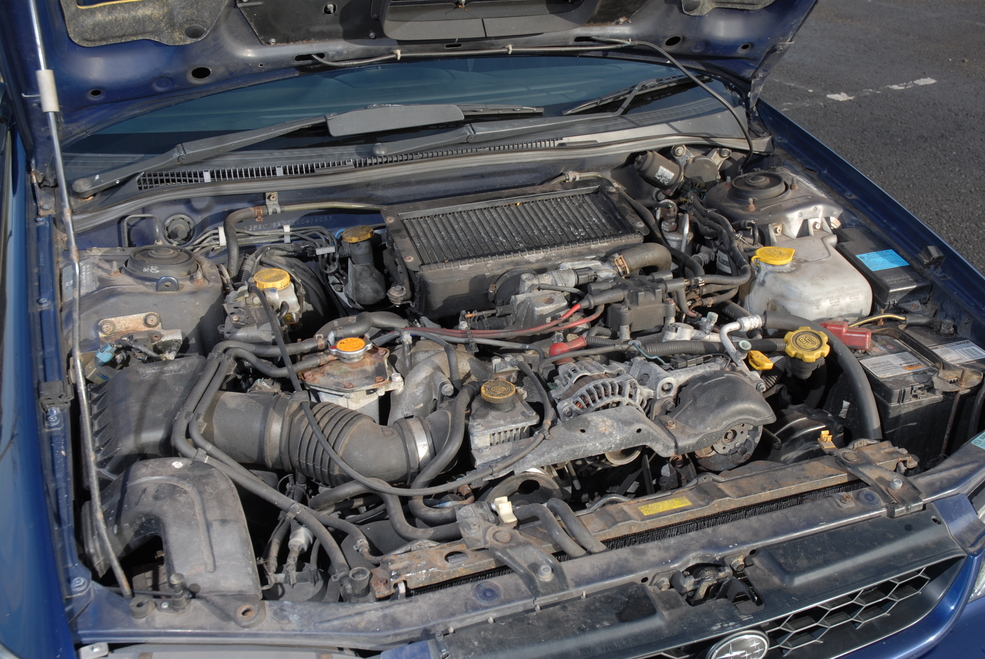
In 1998 minor engine changes were claimed to improve torque and reduce turbo lag without altering the output. In April, the Subaru Terzo (‘third’ in Italian) was released by Subaru UK, finished in a slightly lighter Mica Blue and the first of the gold wheels, in 16-inch flavour of course. A fixed rear seat made the shell more rigid and Alcantara trim gripped the occupants.
One Japanese model which did make it over here albeit in tiny numbers was the 22b STi (Subaru Tecnica International) sporting a 2212cc engine rated at 280 bhp, adjustable rear wing, quicker steering and the two-door shell with wide arches. Just 16 of the 399 produced were officially imported during 1999, but at the same time Prodrive had developed the RB5 – named after up-and-coming Subaru rally driver, the late Richard Burns – which boasted 237 bhp. Only 444 were built, using the Japanese-market shell with fixed rear seat and in Blue Steel with 17-inch Speedlines and Prodrive quickshift. The spec also included air conditioning and Alcantara trim, although buyers could also opt for the WR Sport option which added a Prodrive remapped ECU, modified exhaust and intake pipework and a bigger rear wing.
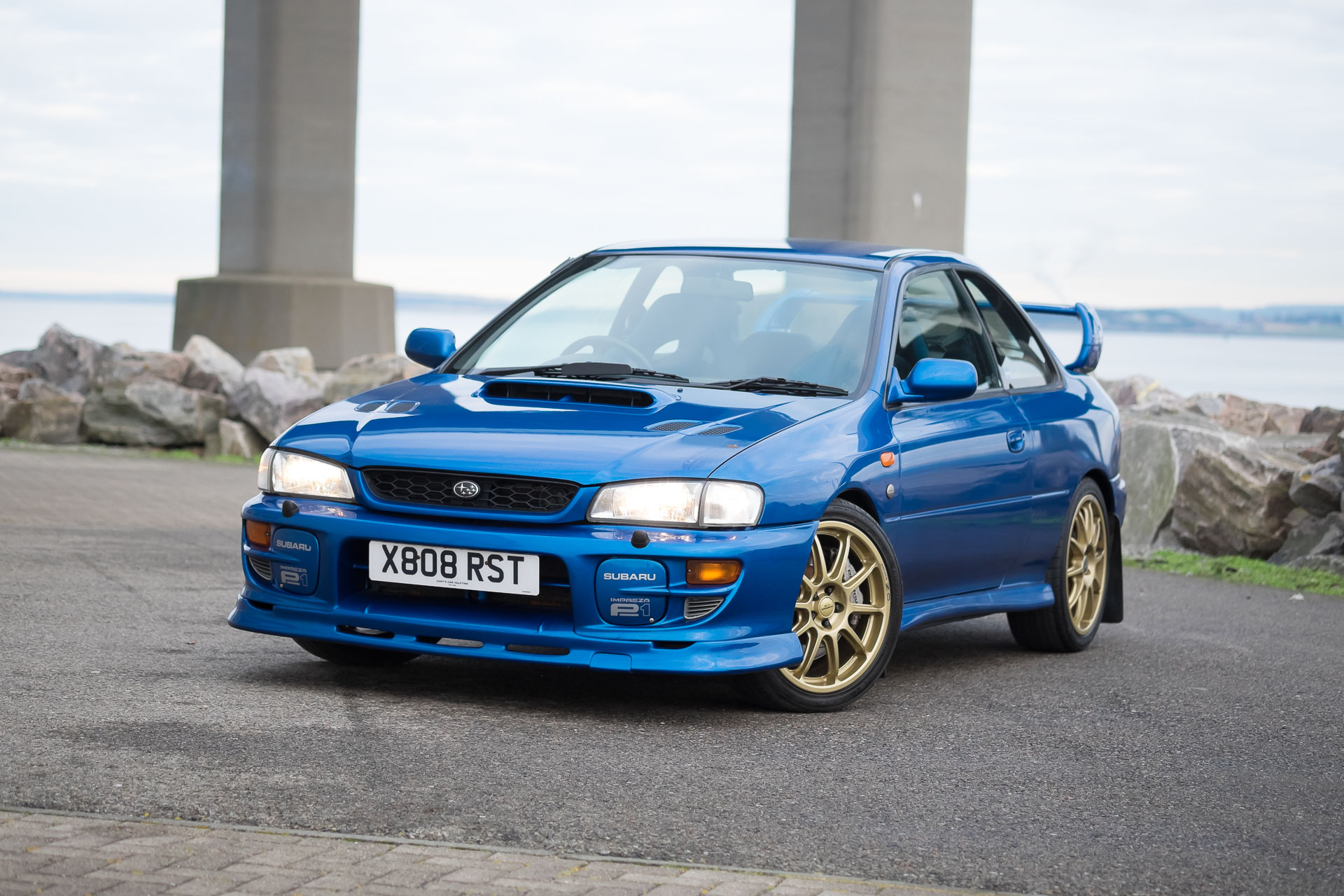
In 1999, the Prodrive-developed P1 was introduced, matching the Japanese-market cars for power output despite the tougher European regulations and boasting the two-door body. Finished in Sonic Blue with spoilers, unique interior and quicker steering rack, they wore 17-inch OZ alloys and were a great riposte to the big numbers of grey-imported Japanese-spec cars arriving in the UK Production was originally tabled at 500 units which was eventually doubled.
The first-generation Impreza was replaced by the second-generation ‘GD8’ car for 2001 complete with its rather odd ‘bug eye’ styling. An equally competent car, it somehow lacked the character of the original and although popular has yet to gain modern classic appeal in the same way.
For information on what you need to know when buying one, check our buying guide.
